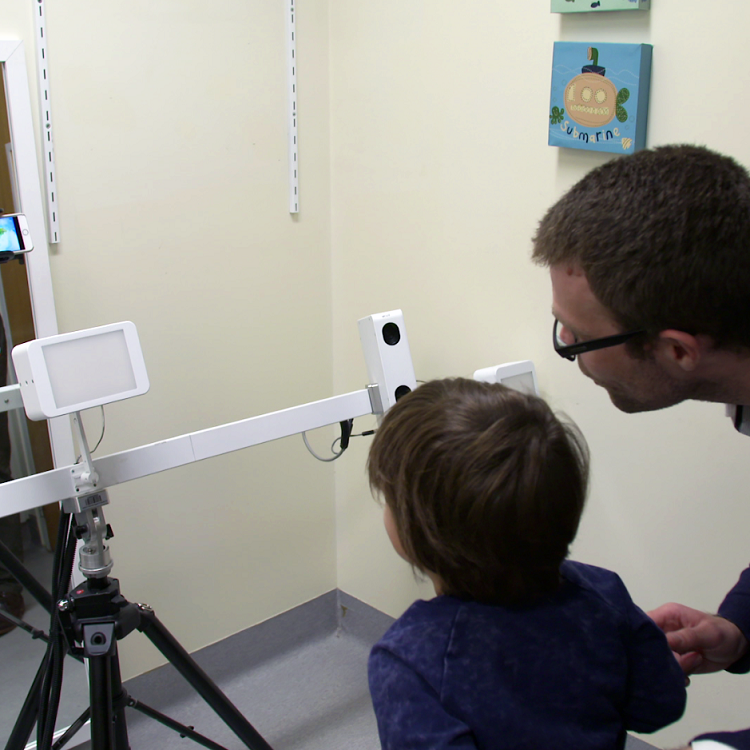Search

News & Events
National guideline provides uniform approach to autism diagnosisIn October 2018, the Autism CRC released A National Guideline for the Assessment and Diagnosis of Autism Spectrum Disorders in Australia.
Research
Parent experiences of their children’s diagnosis with autism, attention deficit hyperactivity disorder, or both conditionsA comparison of parents’ experiences of getting a diagnosis for their child with autism, attention deficit hyperactivity disorder (ADHD) and both diagnoses can inform our understanding of common and unique themes across these neurodevelopmental conditions.
News & Events
Huge hospital burden for kids with intellectual disabilitiesNew research from the Telethon Institute has shown that children with an intellectual disability are up to 10x more likely to be admitted to hospital.

Guide our sibling research!

News & Events
Computer algorithm links facial masculinity to autismA new study led by The Kids Research Institute Australia has found a link between masculine facial features and autism.
Research
To Feel Belonged: The Voices of Children and Youth with Disabilities on the Meaning of WellbeingThe aim of this paper was to describe the meaning of wellbeing for children and youth with disabilities from their perspective.


Research
Obesity and associated factors in youth with an autism spectrum disorderPrevalence of overweight/obesity in children and youth with autism spectrum disorder, and associations between weight status and range of factors
Research
Developmental vitamin D deficiency produces behavioral phenotypes of relevance to Autism in an animal modelHere we investigate these features in an animal model related to autism spectrum disorder - the DVD-deficient rat
